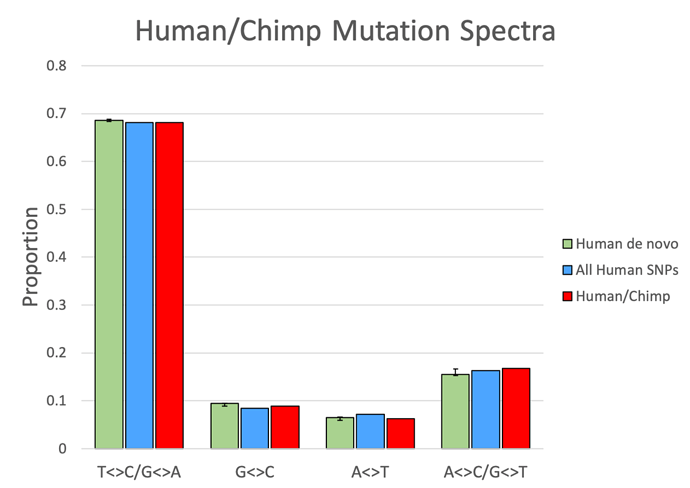What do I think of the articles? I read three of the cited articles. Their explanatory value for the origin of the eye was massively underwhelming. That is not surprising—that is the general nature of evolutionary explanations—minimal evidence, significantly overstated claims.
“Quite possibly, the human eye has originated from light-sensitive cells in the brain. Only later in evolution would such brain cells have relocated into an eye and gained the potential to confer vision.”
“Quite possibly?” Or not. How did these brain cells relocate into an eye? A miraculous eye is there, at the ready to accept the light sensitive cells and now provide a survival advantage to the organization. No explanation how that could have happened, no evidence that it ever did. But since evolution is “true” and eyes exist, PBTE (Praise Be To Evolution), evolution did it. “Evolution, help thou my unbelief.” In another post, creationists were mischaracterized as demanding a molecule by molecule explanation of how the eye evolved (a red herring even if true.) No, a much simpler explanation would suffice.
It is wonderful that we know a lot about ospins and how they work in vision. Where do they come from? Do these occur naturally in the probiotic state? Well, no. They are manufactured in a highly complex, miniaturized, information driven factory. Where did that come from? Where did the first biological information come from? Nobody knows. But for the evolutionary narrative, just pull the ospins out of the Darwinian hat, and begin the narrative from there.
All the articles cited begin with the assumption of evolution, weave the evidence into a “just so story,” and then end with the conclusion that since this evidence can be woven into a circular evolutionary “just so story,” it is evidence for evolution. The conclusion—evolution-- is the same as the hidden assumption—evolution-- built into the premises .
The articles are astonishingly void of details, full of “must have,” “may have”—blind assumption piled atop of blind assumption. The explanatory power is vastly underwhelming. The only reason to accept anything in these articles is that they came from “experts” who must know more than we do. And of course, all this is hidden in the inaccessible distant past, millions of years ago, so we can claim knowledge of what happened back then with impunity. As one posting stated something like this, “A lot of evidence goes missing over millions of years.” You betcha. If the evidence isn’t there, it was. It is just missing now. So the assumption is that there was evidence, again beginning with the assumption that evolution is true.
One has to first affirm evolution, then every piece of data, however remotely connected, becomes evidence for evolution—and at least as easily for intelligent design. But not to worry, because intelligent design is ruled out as a scientific explanation because it is not a naturalistic explanation—an inviolable rule imposed by naturalists by which science must be done.
In another post, we are told that paleontology provides evidence for the evolution of the eye. But paleontology can only illustrate homology (organs that appear to look the same) and homology can tell us nothing about genetic relationships. As we have already discussed, eyes that evolutionists previously claimed were related using homology are now known to be unrelated genetically. So to be honest, there is no “evidence” for the evolution of the eye from paleontology.
But then again, the articles were written by “experts.” So only the ignorant will reject their conclusions.


